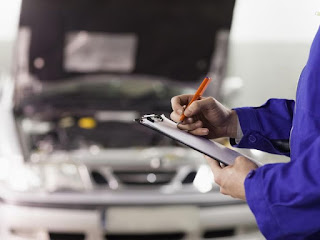Spring Preventive Maintenance to Consider For Your Truck
So many truck and trailer drivers know all about the importance of winterizing their rigs. Fewer drivers, however, place the same amount of emphasis on caring for their vehicles after winter ends! Because winter driving can be particularly hard on your rig, you should strongly consider investing in spring truck and trailer maintenance. Obtaining your truck service in Calgary Alberta as spring arrives is a great way to ensure that your vehicle is ready to successfully weather the coming seasonal changes. You can keep your rig in tip-top shape by working with trusted technicians for all of your vehicular maintenance needs. It’s important to seek qualified maintenance technicians every time that your rig is in need of seasonal maintenance. The following are just some of the most common types of preventive maintenance you may seek when you hire someone to perform a PM service in Calgary, AB for the beginning of the spring season: Tire pressure check : Temperature changes cause air to...

